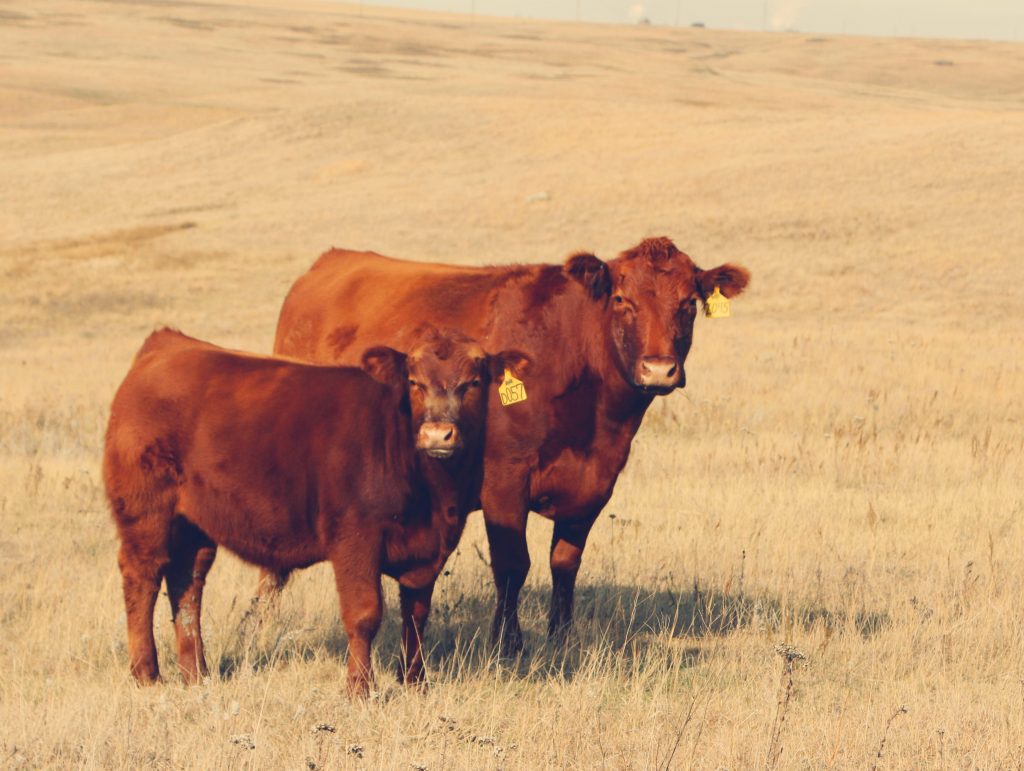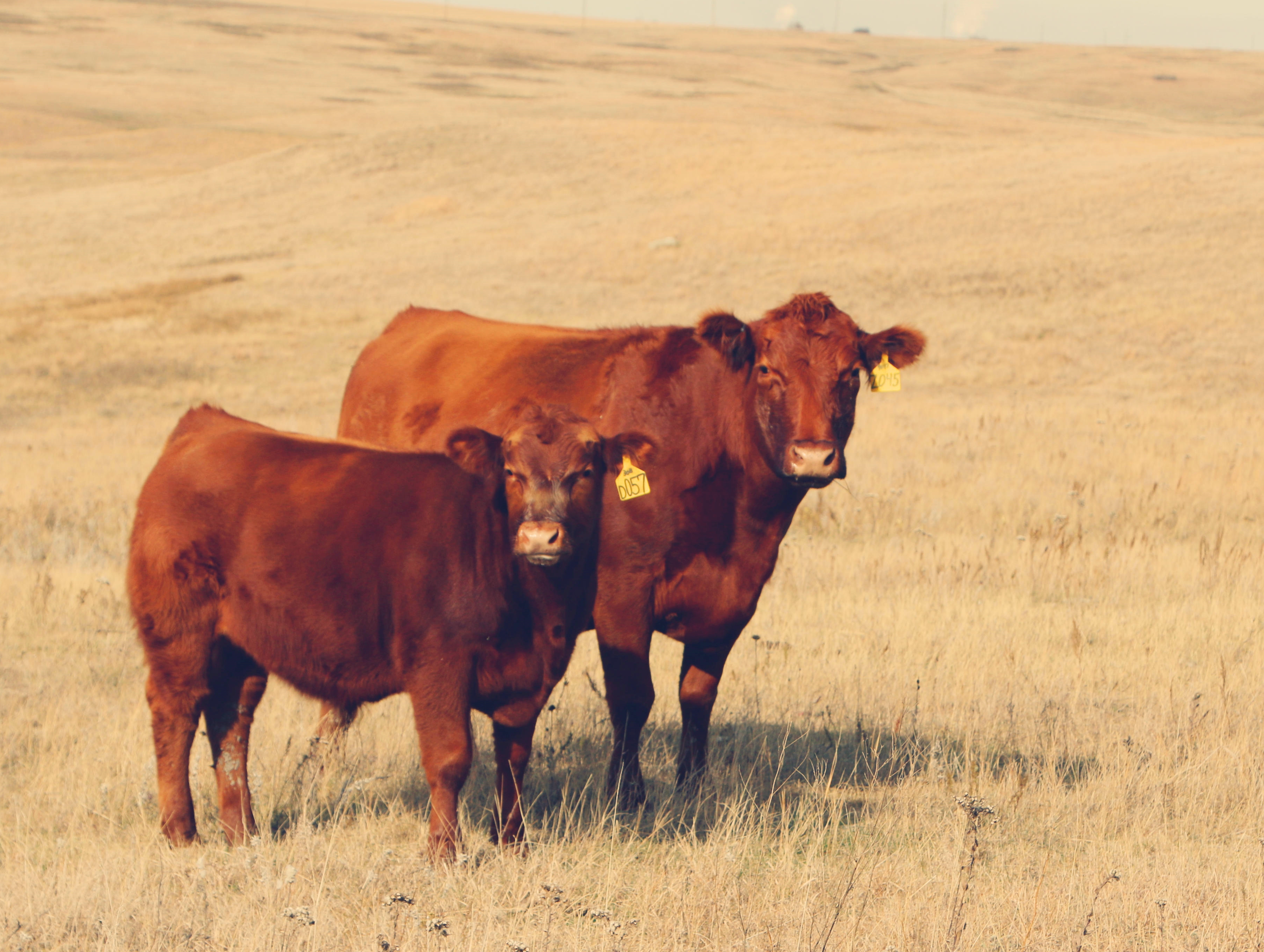As older ranchers see children leave for other lines of work, Boone said the ranches that families are forced to sell are often absorbed into bigger ranches. “A large part of them have been bought up by big corporations.”
Bob Martin
The Disappearing Family Ranch
While the number of beef cattle grazing on New Mexico pastures and raised in feedlots does not change all that much every year, the number of ranches does change – inching downward every year as more ranch children leave agriculture.
“It just seems like the world has more attractions all the time,” said Elida, NM rancher Pat Boone. “Number one, they can make more money than what we’re doing here.”
Boone’s ranch stretches across the wide and arid rangeland of eastern New Mexico near the Texas border. He grazes about 400 head of cattle and produces lots of calves every spring and as president of the New Mexico Cattlegrowers Association, Boone knows the economics of beef production all the way from the working ranch level to the impact of the industry on the state economy.

Even though his association reported New Mexico cattle sales in 2016 totaled more than 1.1 billion dollars, Boone said that does not translate to reliable profits or wages for ranch families. He feels there are too many variables that can thwart a ranch family’s success, like severe droughts. “We have to have rain in order to grow grass in order to stay in business,” he said.
Other challenges are numerous.
“Feed prices, up and down markets, fuel prices. All of our expenses are an issue,” says Boone, adding that “Government regulation is getting to be more and more and more all the time.”
As older ranchers see children leave for other lines of work, Boone said the ranches that families are forced to sell are often absorbed into bigger ranches. “A large part of them have been bought up by big corporations.”

The families that do stick to ranching must often depend on neighbors to help at roundup time and for other big jobs, to make the economics work. “It’s harder and harder to put a crew together these days. There’s just fewer and fewer people working in our industry… We just couldn’t exist without our neighbors. We do have an outstanding bunch of neighbors around here that comes and helps us, and then we go help them.”
Boone wonders about the future of his place. He says his grownup kids still like to visit the ranch, but their careers have taken them elsewhere.
Boone’s wife Cindy is now yearning for a drone. One that has a live camera view. She’d like to fly it from their yard into the small pasture where cows are having their calves in the spring to help monitor them. Pat says he thinks that’s a good idea.
They already have another high-tech addition to the ranch — 114 giant wind turbines that stretch across the horizon. And cattle don’t seem bothered by the “whoosh, whoosh, whoosh” of the blades overhead.

The lease fees help the Boone’s ride through the year to year fluctuations in the beef business.
Whatever it takes to help keep the ranch going.
“It is a way of life,” he said.

